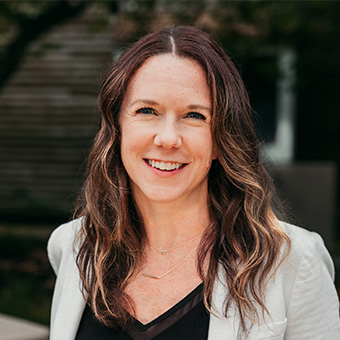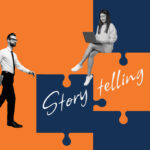
3 Things I Took Away from INBOUND 2017
Last week, along with more than 20,000 other marketers, I attended the annual HubSpot INBOUND conference in Boston. Each year, the event draws a wide range of professionals, both corporate/in-house and agency-side, all looking to hone their digital marketing skills and pick up some new tricks.
I took notes in dozens of sessions, attended several inspirational keynotes, including one by Michelle Obama that drew a huge crowd – and even some national media attention – and walked literal miles each day. And as I did this, I watched for themes and trends. Here are the top three that struck me the hardest:
It’s All About Digital
To be fair, this was a digital marketing conference hosted by a martech solution (marketing automation & CRM), but the importance of digital marketing – and using the right technology to get the job done – was a primary theme.
The most crowded sessions were about how to get better at the most prevalent digital tactics – content marketing, email marketing, pay-per-click advertising, UX (user experience) decision-making in website development, social media and more. Based on a few show-of-hands polls held in the sessions, nearly everyone is “doing” digital marketing, but the majority aren’t sure that they’re doing it “right”.
Top Digital Tip: The world of digital marketing changes every day, and in reality, no single person can be an expert at every aspect. The only way to keep up is to keep learning – read as much as you can, and be aware of shifting trends. If you don’t have the time or the desire to seek out the latest digital marketing news, find a partner who will help you remain on the leading edge.
Drowning in Data
The endless technology available in digital marketing brings with it endless data that needs to be organized and analyzed. Just think about it – there are activity metrics like open rates, click-through rates and conversion rates collected into reports and dashboards that then need to be calculated into more meaningful numbers such as ROMI – and that’s without even getting into the challenges of defining multi-touch and/or multi-channel attribution.
For marketers, especially those whose backgrounds are heavier in creative, content or design than in mathematics or statistics, this data onslaught can be daunting. But it’s a challenge that must be met – the future of your business depends on it.
The biggest thing I learned last week was that we need to stop getting caught up in the tactical metrics. While they are important, getting hung up on them is like trying to gauge the value of a road trip by reviewing your average miles per hour, or how many miles per gallon your car got.
Tactical metrics are critical for your operational person to understand and learn from, but ultimately these metrics need to be married to more advanced measurements by mapping them to the buyer’s journey or strategic goals – measurements such as pipeline influenced by marketing. Then those need to be further rolled up into ROI – real business impact. You need to focus on deciding what’s working, what’s not, and where future investment should be made. ROI should be forward-looking, guiding future decisions based on lessons learned.
Top Data Tip: There is no perfect KPI. Don’t get too caught up in tactical metrics; instead, spend your time on what really matters – how you can use the data not for its own sake, but to help you make smarter decisions in the future. Always be looking to the future.
The New Customer Journey
Speaking of the buyer’s journey, several sessions that I attended looked at how it has evolved in recent years. No longer is there a clean, funnel-shaped path of: customer has a problem > customer researches problem broadly > customer narrows research to vendor selection > customer chooses vendor. Today’s journey is much more convoluted and non-linear, and customers can enter it at any point.
And remember that for many companies, there’s an additional stage to consider – pre-awareness. This is a level where your target doesn’t even realize that they have a problem to solve yet. This stage is educational, and helps someone who’s just nose-down, following their well-worn path, to look up and realize that there’s a better way – and that you have it.
So what’s a busy marketer to do with all this?
Plan content that maps to lead stages, and use the content to let customers self-identify their place in your funnel. Build multiple paths all leading to your solution, so that each customer can carve their own way. And make sure that all of those paths offer the same level of consistent delight. Marketing automation can help you coordinate this.
Top Customer Journey Tip: Remember “click to close” – the Disney model (where literally everything, including waiting in a two-hour line that’s been themed to match the ride, delivers the Disney experience). Craft your entire journey, from the initial touch point to ongoing customer support, to delight your customer in a seamless and cohesive experience with your brand.


